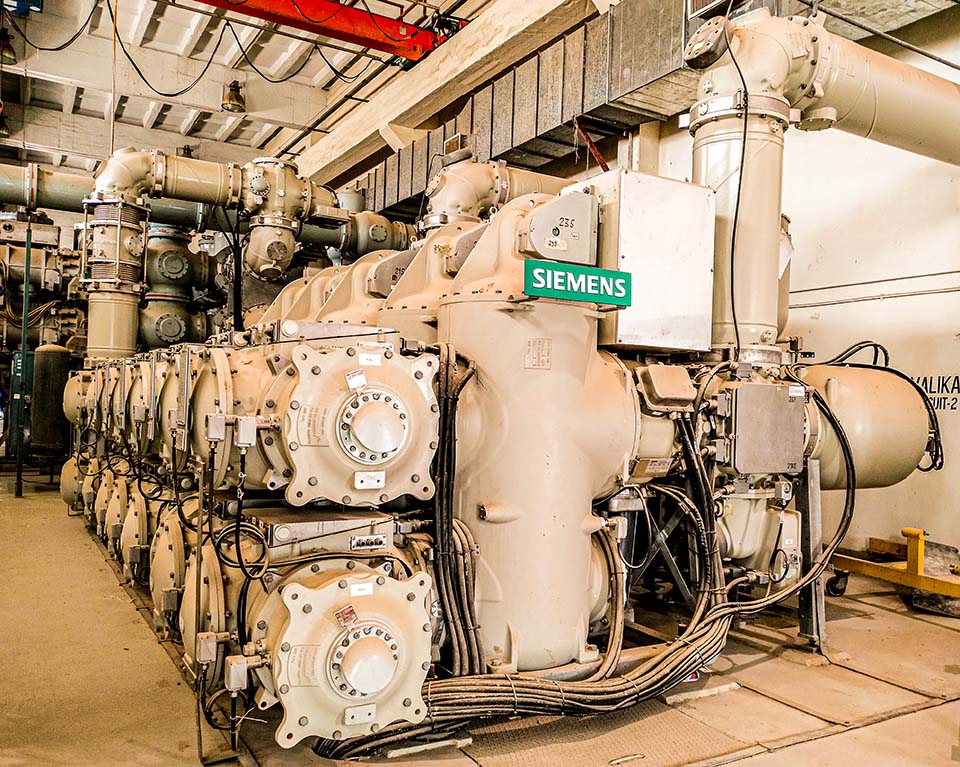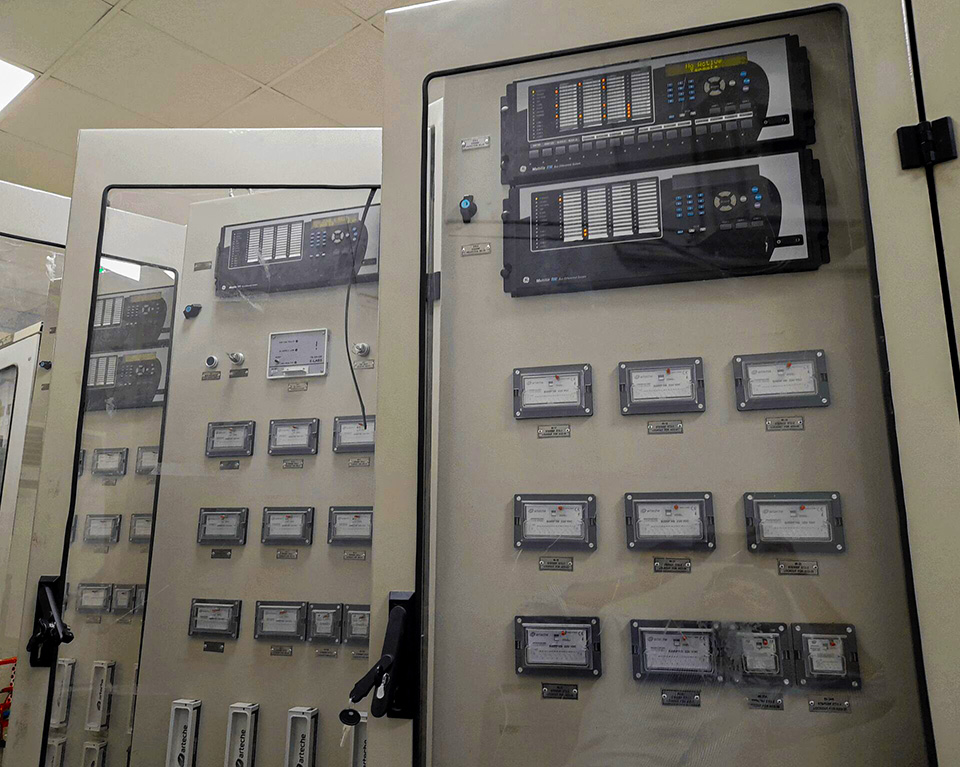- About Us
- Services
-
Services
Accelerate your business for engineering excellence and project success
Engineering Services
-
- News
- Case Studies
- Contact Us
Accelerate your business for engineering excellence and project success


EPENAM is your go-to partner for cutting-edge Retrofit Designs in protection systems. With the rise of complex energy needs, the demand for advanced protection IEDs is soaring, and EPENAM leads the way in seamlessly integrating these innovations with existing systems. Our success lies in a deep understanding of both legacy and state-of-the-art systems, honed through decades of retrofit design experience. From upgrading electromechanical protections to retrofitting IEC 61850, we cover the entire spectrum. Our comprehensive services, spanning SLD & schematic updates, I/O matching, characteristic alignment, layout and GA replacement, cable schedules, and interface engineering, ensure a smooth transition without the need for a complete system overhaul.
Most of the times, large projects are more than the scope of contractors or customers. To make every stake holder completely capable of tackling tasks in hand, we offer our interventions.
To find the perfect solution of protection system problem, a deep understanding and experience of protection are required. EPENAM brings these to the table; to find the perfect solution for retrofit.
A perfect protection solution requires consultancy and engineering, EPENAM offers both. We offer complete network studies e.g., interconnection studies, setting calculations and detailed design.
We propose the perfect market alternate to your existing product for protection retrofit based on cost-benefit analysis. This includes but not limited to vendor analysis and specs comparison.
Every retrofit involves the physical implementation stage. EPENAM provides the detailed retrofit drawings for precise dismantling & modifications to carry out a perfect wire-to-wire retrofit at the site.
For successful execution of the retrofit, a hands-on testing & commissioning experience is required. EPENAM brings exactly that to the equation and provides step-by-step planning and on-site activity lists.
Client
Tarbela Hydro Power Plant,
Water & Power Development Authority (WAPDA).
Location
Khyber Pakhtunkhwa, Pakistan
Voltage Level
500 kV
Scope
The scope included the preparation of complete vendor analysis, schematic drawings, relay setting calculations, installation, testing, commissioning, and training documentation. The site originally featured DTH-31 generator-transformer protection relays and anti-motoring relays. We offered a solution based on GE UR relay type G30 and MIWII relays.
Design Challenge
We equipped the Hydro Power Plant with modern numerical relays and provided training to the site team for the maintenance and operation of these advanced relays.
Key Issue & Solution
Tarbela Hydro Power Plant holds strategic importance in Pakistan’s power infrastructure. Recognizing this, EPENAM executed the retrofit under significant time constraints. We compressed the retrofit plan to ensure the successful commissioning within one-time energization of the power house, thus, minimizing downtime for this critical facility.


Client
K-Electric (Subsidiary of Shanghai Electric Power, SEP)
Location
Karachi, Pakistan
Voltage Level
220 kV
Scope
The scope included the complete vendor analysis, schematic drawings, relay setting calculations, installation, testing, commissioning, and training documentation of 14x 220 kV transmission lines at 5x substations. The site originally featured EM distance protection relays. We offered a solution based on GE D60 UR relays and MIFII relays.
Design Challenge
We equipped the K-Electric transmission network with modern numerical relays as per local utility and IEC standards and provided training to the site team for the maintenance and operation.
Key Issue & Solution
The network of these five grids make the backbone of Pakistan’s main economic hub, Karachi. Therefore, an aggressive time line was given from the client. Recognizing this, EPENAM executed the retrofit under significant time constraints. We compressed the retrofit plan to ensure the successful commissioning within one-time energization of the subsequent lines, thus, minimizing downtime for the grid.

